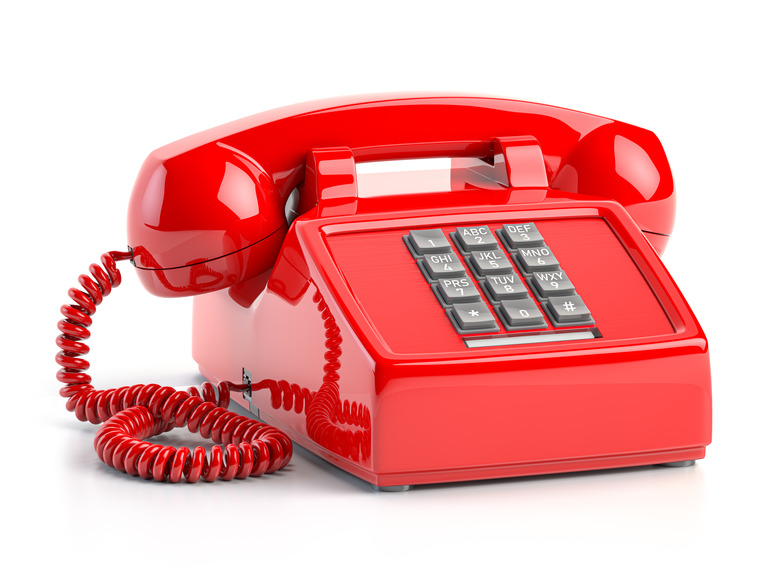How To Hook Up A Phone Line From An Outside Box
We may receive a commission on purchases made from links.
The phone box on the side of a house is to the phone system in the house what the electrical panel is to the electric system. The phone box, which is also known as the network interface device (NID), is installed by the telephone company, and it's where the main phone lines coming from a pole or from underground terminate.
The NID belongs to the telephone company, and you, the customer, aren't allowed access to all of it. The forbidden part is sealed, but you can gain access to the part you need for installing a phone wire with a Phillips screwdriver. Inside, you'll see one or more modules, each corresponding to a different phone number. When you want to hook up a new landline phone, the company activates one of these modules and labels it with the phone number, but you have to do the rest of the wiring yourself.
Choosing and Running Wire
Choosing and Running Wire
When shopping for telephone wire, you may run across the old-style cable, which contains four wires colored red, green, yellow, and black (and sometimes also a blue and white one), but you might also find Cat5e cable, which contains eight wires twisted together in pairs with a solid color (blue, orange, green, and brown) and a white one with stripes of the corresponding solid color. This sounds confusing, but you only need one wire pair to hook up a phone, so all the other wires won't matter.
After choosing a location for the telephone wall jack, drill a hole in the wall behind it, feed the cable through, and pull it to the side of the house on which the NID is situated by the most convenient route. Drill another hole in the side of the house and feed the wire through that. Then pull it to the NID, leaving yourself enough slack on both ends to make connections.
Connecting Wires to the Phone Line Box
Connecting Wires to the Phone Line Box
After opening the NID and locating the module for the phone number you're using, you can test the module by plugging in a short phone cord, plugging that into a test phone, and listening for a dial tone. Contact the phone company if you don't hear one. You'll see two terminals identified either with red and green wires attached to them from inside the NID or with the markings T and R (which stand for tip and ring).
It doesn't matter which wire pair you connect to these terminals as long as you connect the same wire pair to the terminals in the jack, but to make things easier, it's best to follow a standard color convention. If you have old-style cable, the green wire is the tip, and the red wire is the ring, and if you have Cat5e cable, the blue-and-white-striped wire is the tip, and the solid blue one is the ring. Strip about an inch from the end of each wire with a wire stripper, wrap the end around the corresponding terminal screw, and tighten down the screw with a screwdriver.
Connecting Wires to the Telephone Jack
Connecting Wires to the Telephone Jack
If you're using a standard RJ-11 surface-mount jack, you'll see four terminals, each connected to a different-colored wire. The wire colors are red, green, black, and yellow, and since you're connecting a single phone, you'll only need two of them — usually the red/green pair. Sometimes, the terminals are labeled T1, R1, T2, and R2, in which case you'll use the T1/R1 pair.
If you used the standard color convention when connecting to the NID, wiring the phone jack is easy. Connect the green wire to the green terminal (T1) and the red wire to the red terminal (T2). Alternatively, connect the blue striped wire to the green terminal (T1) and the solid blue wire to the red terminal (T2). If you used different wires, you'll have to keep track of which wires you connected to the NID terminals and connect those same wires to the corresponding jack terminals. Strip the wires, wrap them around the terminal screws, tighten down the screws, and screw the cover to the jack.
